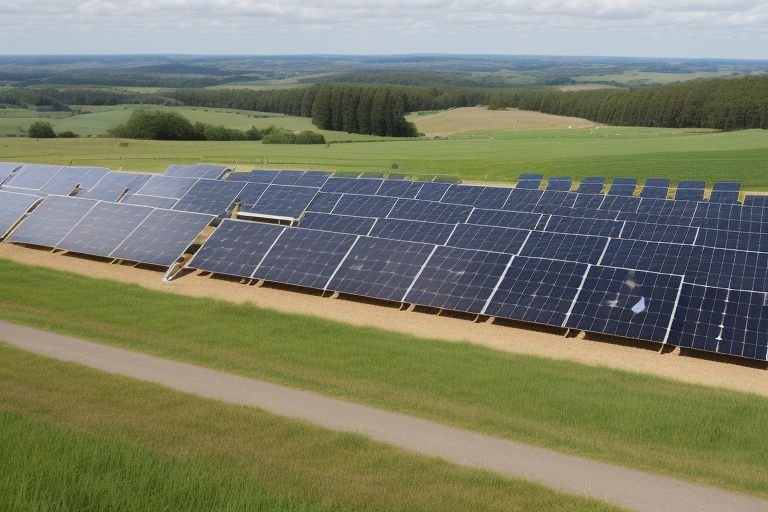The renewable energy revolution is significantly reshaping the global energy landscape, primarily driven by wind and solar power advancements. These clean energy sources have become not just viable alternatives to traditional fossil fuels but have also started to outcompete them on cost. Let’s delve into the factors contributing to this shift and the implications it has on the energy market and the environment.
Cost Competitiveness
Wind and solar power have reached a tipping point where they are now cheaper than coal in many parts of the world. This cost competitiveness is a result of several key factors:
- Technological Advancements: Continuous improvements in technology have increased the efficiency of wind turbines and solar panels, enabling them to generate more power at a lower cost.
- Economies of Scale: As the demand for renewable energy has grown, the production of wind turbines and solar panels has scaled up, leading to a decrease in unit costs.
- Government Policies and Subsidies: Many countries have introduced policies and subsidies to support renewable energy, reducing the cost for consumers and businesses and encouraging further investments.
Environmental Impact
The shift towards wind and solar power is also driven by their significantly lower environmental impact compared to coal and other fossil fuels. These renewable energy sources emit no greenhouse gases during operation, helping to combat climate change and reduce air pollution.
Energy Market Implications
The increasing affordability of wind and solar power is transforming the energy market in several ways:
- Decreased Dependency on Fossil Fuels: Countries are reducing their dependency on coal and natural gas, enhancing energy security and reducing susceptibility to price volatility in the fossil fuel markets.
- Investment Shifts: There’s a noticeable shift in investment from fossil fuels to renewable energy projects, signaling a long-term change in the energy sector’s direction.
- Grid Modernization: The integration of large amounts of variable renewable energy requires updates to the electricity grid, including investments in storage technologies and smart grid solutions to ensure reliability and efficiency.
Challenges and Opportunities
Despite the positive trends, the transition to a renewable energy-dominated world faces several challenges. These include the need for significant investments in grid infrastructure, the development of energy storage solutions to address the intermittency of wind and solar power, and ensuring a just transition for communities dependent on the fossil fuel industry.
However, the opportunities presented by the renewable energy revolution are vast. Beyond the environmental benefits, this shift promises to spur economic growth through job creation in new industries, reduce energy costs for consumers, and contribute to a more sustainable and resilient energy future.
In conclusion, the renewable energy revolution, with wind and solar power leading the charge, represents a pivotal moment in our pursuit of a cleaner, greener, and more sustainable planet. As costs continue to fall and technologies improve, the potential for these renewable energy sources to entirely replace fossil fuels grows ever more realistic, heralding a new era in global energy production.
